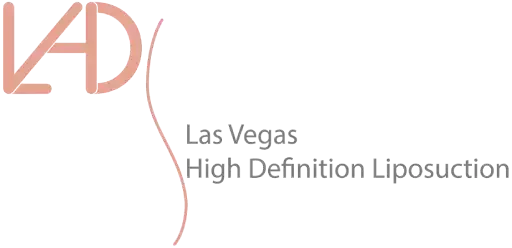Fat Transfer Las Vegas
Fat Grafting History & Applications
Surprisingly, fat grafting has existed for hundreds of years. Today, cosmetic surgeons use fat transfer to improve the appearance of aging faces, restore breast size following childbirth or mastectomy surgery, create beautiful BBLs, and to enhance the shape and volume after weight loss surgeries. Fat grafting continues to grow in popularity due to its versatility, safety, and effectiveness.
The American Society of Plastic Surgeons defines fat grafting as a surgical procedure involving "the transfer of fatty tissue from one part of the body to another." This technique improves facial contours and augments areas such as breasts, buttocks, hips, calves, and hands. In addition, surgeons use fat grafting to treat scars and skin irregularities resulting from surgeries, including cosmetic, accidents, and birth abnormalities.
Fat Grafting Process
Fat grafting involves harvesting fat cells from one part of the body into an air-tight container and placing them into another area of healthy tissue where it is desirable. This transfer helps fill out areas of less volume, such as the buttocks, cheeks, arms, hands, abdomen, thighs, buttocks, knees, calves, feet, breasts, and lips. Our own body fat is a superior filler in many cases as there is no chance of rejection or allergic reaction.
Fat grafting is generally a 3-stage technique:
- Harvesting adipose (fat) tissue from the donor site
- Processing of the liposuctioned fatty tissue to eliminate cellular debris, non-cellular oils, and the infiltrated solution added before liposuction
- Re-injection of the purified fat cells
Cosmetic fat transfer with Doctor Ahmed utilizes ultrasound-assisted VASER liposuction, which uses sound waves to break up fatty tissue with minimal damage to the cells. Unlike traditional or laser liposuction which damages fat cells with heat and trauma, VASER gently "shakes" fat cells loose. That means far less trauma to the fat cells and far less bruising and pain for the patient.
Once removed, he processes the fat with a purifying solution and readies the fat for injection within a short time to maintain viability. By using VASER liposuction and correct protocols, more of the healthy fat will remain in the injection site, stabilize and establish its own blood supply.

Fat Transfer May Not Always Be The Solution For Breasts
Fat transfer sounds like a dream come true — a procedure where fat cells are harvested from another part of your body and placed into your breast tissue pocket. While there are different ways to do this, most people opt to use liposuction in unwanted areas to harvest the fat.
But while it works well for some women, it isn't always the best solution. Fat grafting for breast augmentation sounds like quick fix for getting larger breasts. The fact is fat transfer can only add a half to one cup size of breast volume. To have larger breasts with fat transfer can mean more than one session over a few months and the results are not guaranteed. Too much fat added to the breast area at one time often results in the body absorbing most of the fat. For adding more than one cup size, a modest amount of fat must settle, develop a blood supply and only then should you do a second transfer.
Women desiring more volume should consider breast implants for a fuller look.
What Are The Benefits Of Fat Transfer?
Fat grafting can be used for many cosmetic procedures, including facial contouring, breast augmentation, lip enhancement, and more. It's also a great way to improve skin appearance with added volume which can reduce the appearance of wrinkles.
The procedure is performed by injecting fat from other areas of your body into specific areas on your face or body. That means there is little to no chance of rejection, unlike injectables or implants.
Done correctly, many of injected fat cells develop their new blood supply in that area over time. There are areas of the body that "host" more new fat cells successfully more than others. For example, the percentage of (healthy) fat that remains in the buttocks is often greater than the amount that remains in the breasts over time.
Types Of Anesthesia Used
Fat injection is a minimally invasive procedure. The only incisions made by the surgeon are the ones made for liposuction in the areas used for fat harvest. Most people only have a brief recovery period and get back to thier normal activities quickly.
Patients can plan to take approximately a week off to rest and heal following surgery. Medication can treat minor pain the first few days. Bruising and swelling are normal side effects.
Expect to see results over the next few months. Swelling goes down, and the transferred fat establishes its blood supply. Final results are about 6 months after fat transfer.
How Long Does Fat Transfer Last?
Fat grafting, when correctly performed, should last for many years. As we develop more long-term patient histories, we will know the actual fat retention after ten years.
